Restoring California’s Sierra-Cascade forests to a more resilient, diverse, and fire-safe state requires that we remove significant amounts of biomass from the forest. Forest restoration efforts produce large quantities of downed small-diameter trees, brush and branches that must be removed from the forest for ecological purposes, public safety, and to reduce risk of damaging wildfire.
Currently, the majority of the biomass produced by forest restoration projects, and nearly all slash created by commercial timber operations, is piled and burned in the forest. This biomass is a large and mostly untapped resource capable of producing alternative wood products that can offset the cost of restoration projects and fuel bioenergy plants that can produce heat, power, and biofuels, all while reducing greenhouse gas emissions compared to pile burning.
Recent innovations in biomass energy technology provide an opportunity for the environmentally sustainable use of excess forest biomass to create renewable baseload energy for California. Unfortunately, the lack of appropriate wood- and biomass-processing infrastructure remains a significant impediment to forest restoration efforts. Development of additional forest bioenergy power generation in California’s Sierra-Cascade region, co-located with innovative wood products campuses, would help increase the pace and scale of forest restoration activities while also creating jobs and opportunities for community economic development.
Highlights From Our Newsroom
View our most recent articles related to restoration infrastructure.
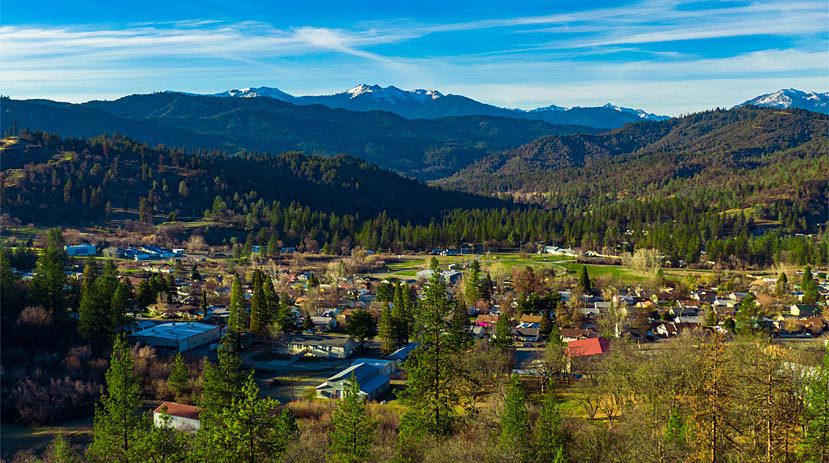
Paths to environmental and economic resilience highlighted at 2023 WIP Summit

Leaders, scientists discuss wildfire recovery at WIP Summit

2022 WIP Summit: Strategies for Wildfire Recovery
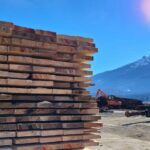
New sawmill to help Greenville rebuild, recover from Dixie Fire
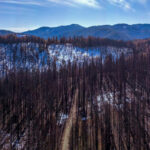
Five wildfire recovery strategies for the Sierra Nevada
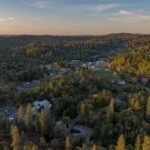
Governor’s California Comeback Plan includes Sierra Nevada wildfire resilience
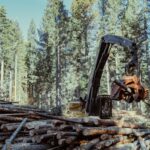
SNC launches Biomass Utilization Fund

The 2021 WIP Summit: Building the Restoration Economy in the Sierra Nevada
Regional Challenges, State Priorities
Forests in California's Sierra-Cascade region are unhealthy, vulnerable to damaging wildfires and an accelerating climate crisis. Local communities and economies are at risk. And it’s not just the Sierra-Cascade, California’s water security, outdoor access, biodiversity, and climate leadership all depend upon healthy, resilient forests.
Learn more about these challenges and priorities:

